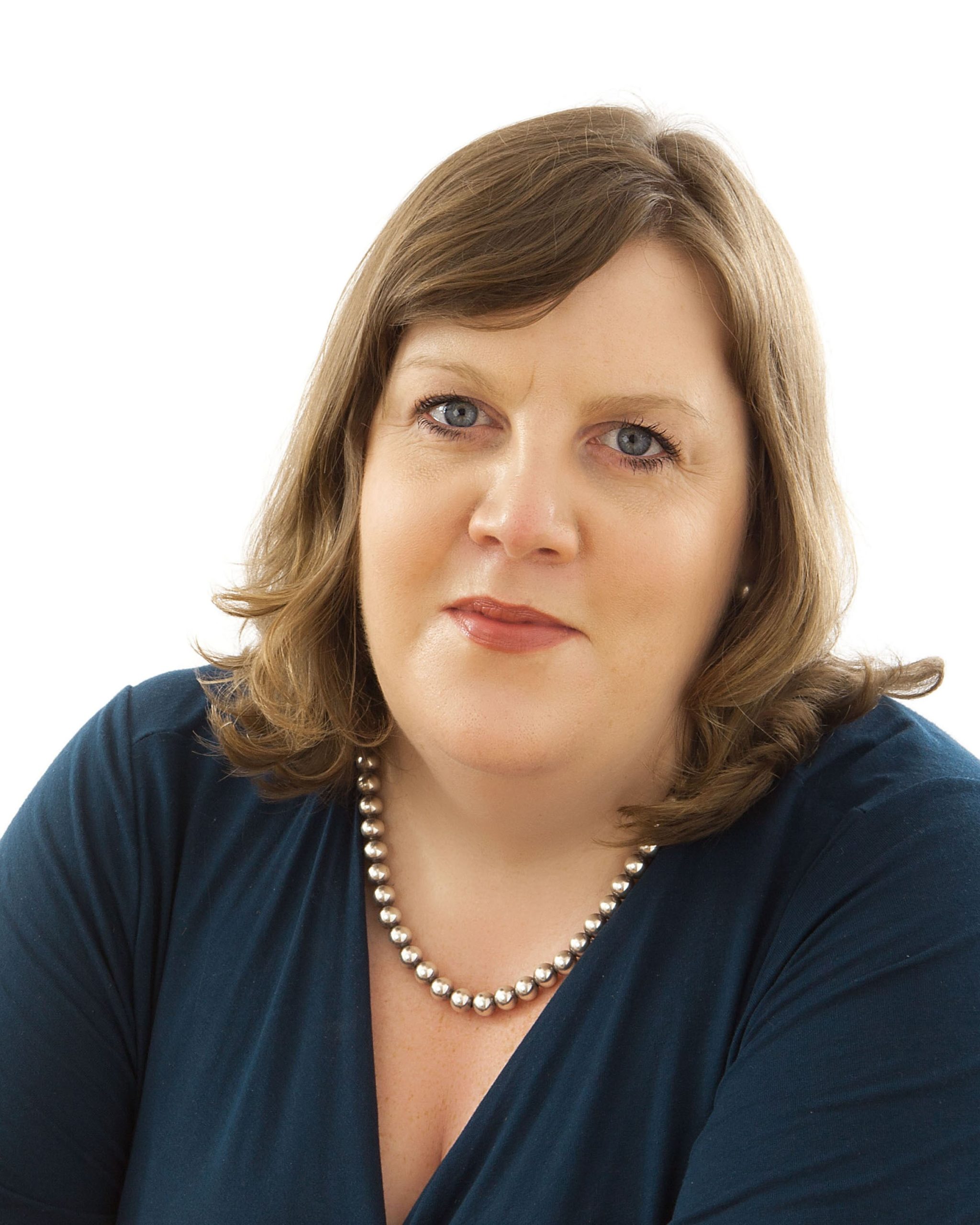Related Articles
Being conscious of the unconscious
Unconscious biases are implicit preferences we have about other people. Throughout our life each one of us gather millions of pieces of information and categorise this information to help us make sense of the world and to enable us to make quick decisions.
Unconscious Bias workshops are currently very popular as part of equality, diversity and inclusion programmes. Organisations are working towards raising awareness of how we as human beings make decisions especially about other groups of people, and how we can build more inclusive workplaces.
Unconscious biases are implicit preferences we have about other people. Throughout our life each one of us gather millions of pieces of information and categorise this information to help us make sense of the world and to enable us to make quick decisions.
We use social identities to categorise the information we gather, such as gender, race, culture or even profession, appearance, age, role, grade, education, hobbies. We then apply positive or negative associations to each category we create.
Some categories can be understood to some level as we can access media, news, social influences that we are all subject to, such as gender bias on TV programmes. However, most biases are not even aware to the individual as we each gather categories and perceived negative or positive associations from personal experiences and influences.
All Biases are Created Equal
We all have bias, and it is a normal part of how we as humans operate. However, we know there are common biases that human beings are subject to;
Affinity Bias – we are more likely to apply positive attributions to someone we have an affinity with, so if we went to the same school as someone it can create a natural affinity. As we have an affinity we are more likely to see the positive traits in them as they are ‘like us’ and we are more likely to trust them
Confirmation bias – our brain will look for evidence to support what we already think is correct. So, if you think everyone from a certain group has a set of characteristics you will look for evidence of this. Your brain is satisfied when it has confirmed the existing thought process and will not be motivated to look for further information.
Primacy effect – First impression of a person tends to influence their future assessment
Halo effect – Seeing one area of success in a person and thinking that they are successful on a wider scale. You will see their halo and that will affect your overall impression. Important to realise not everyone else will see the halo and therefore more likely to notice other behaviours that you can be blind too. The opposite of this is ‘horns effect’ where we see one negative trait and it influences our overall perception of the person.
Beauty Bias – judging someone on their appearance.
Age bias – judging someone on their age and making assumptions about their values, behaviours or ability.
Gender bias – Judging someone on their gender or showing preference to one gender or asking gender biased questions.
Generational Bias – Each generation will have been influenced by media, tv, world events and social experiences of their era. This creates a shared view of the world for each generation. By not realising other generations will have a different view causes a bias towards other generations.
Biases become obvious through showing preferences to one person such as recommending them for a promotion or hiring them. Biases can also play out in a subtler way through micro affirmations or small evidences of body language such as head tilts, smiles, listening etc.
We can see evidence of affinity bias in a team meeting, where some people are listened to more attentively. The person not being actively listened will feel this and it can lead to demotivation or perceived unfair treatment. Consciously listening to each team member, can be a big step in overcoming bias and working towards an inclusive culture.
Recognising the Blind Spots
It is important to recognise that most biases don’t come from a place of bad intent, and as we learn to reflect on our biases there is a need to be kind to ourselves to allow us to recognise our biases and then improve and biased behaviour moving forward. We have a ‘bias blind spot’ in that we are more likely to recognise biased behaviour in others. This is because we will notice behaviours or actions that are not in line with the way we think.

So, when working with your teams and colleagues it is also important to show tolerance when highlighting any biased behaviour you perceive. Holding each other accountable and calling out biased behaviour is essential in modern workplaces and is effective if we use it as an opportunity to learn and develop.
Clare Mulligan is associate facility on the IMI Diploma in Organisational Behaviour, a Business Psychologist and researcher in the area of organisational behaviour and regularly provides consultancy & research projects to both public and private sector companies in the areas of diversity, workforce planning and leadership.





